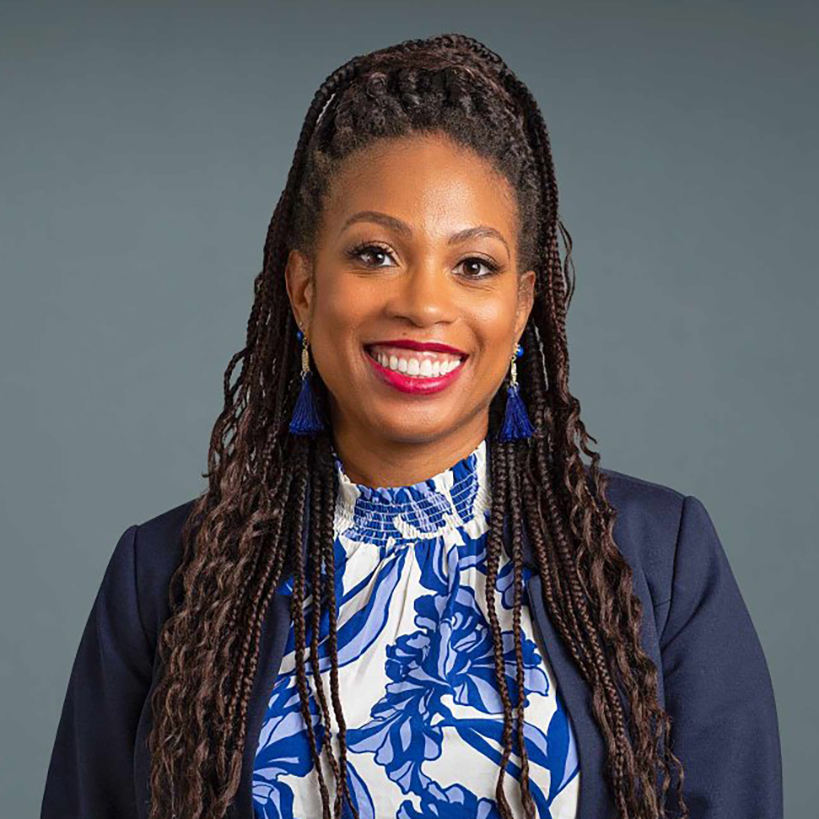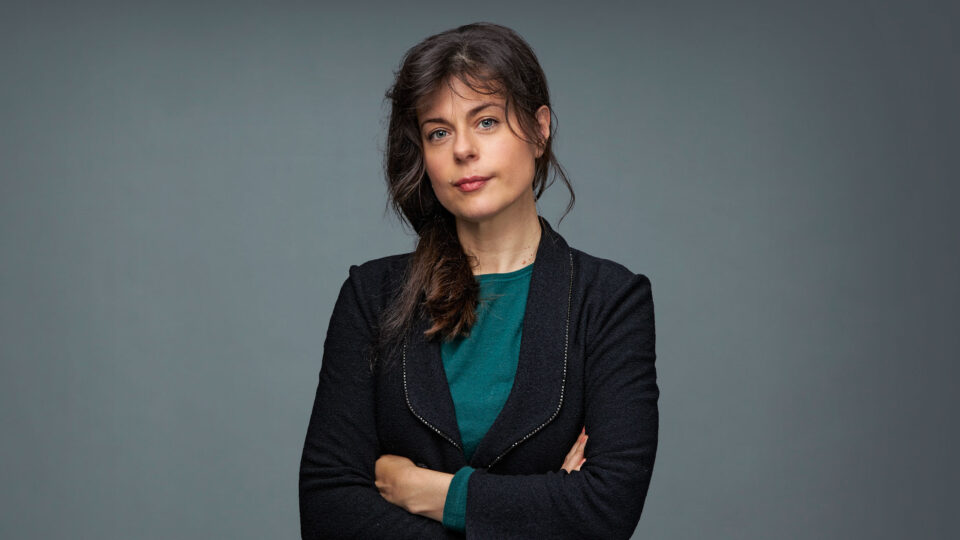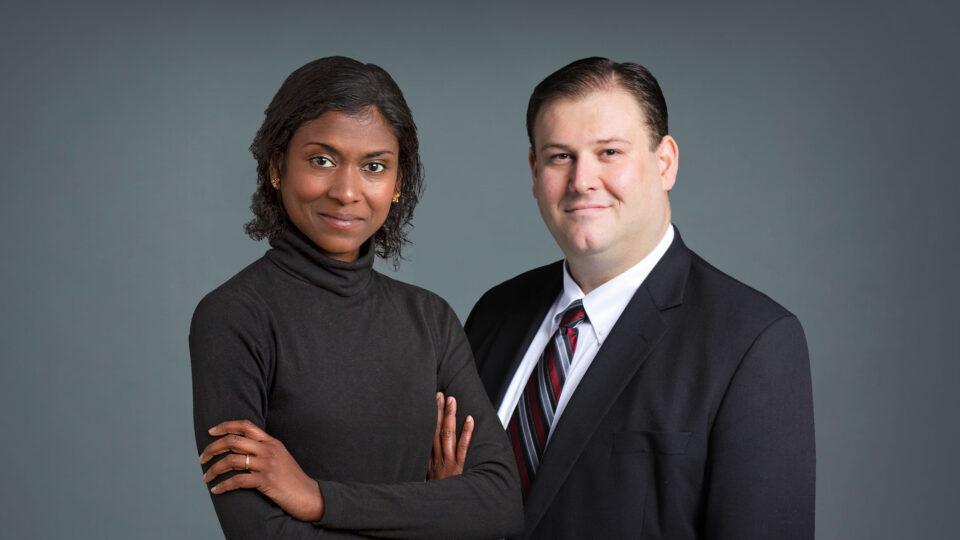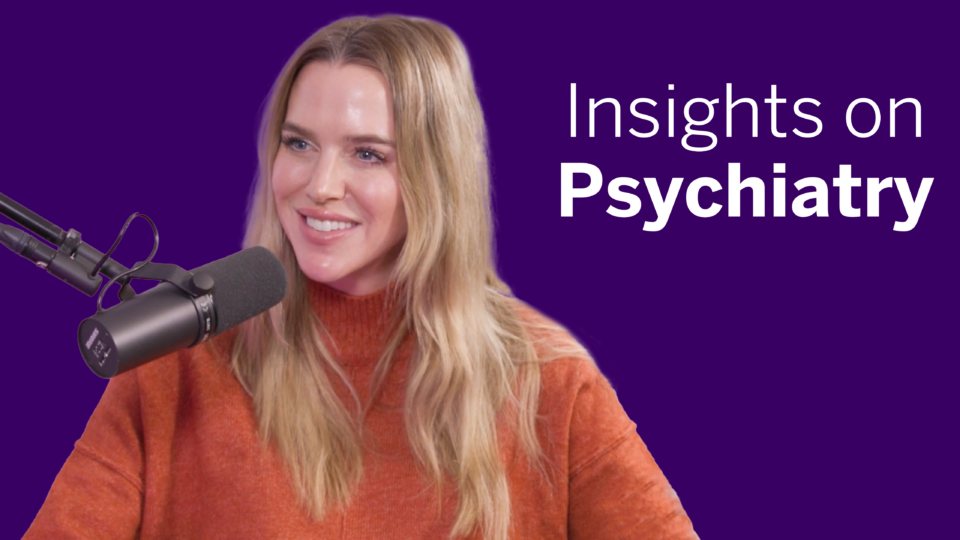Ayana Jordan, MD, PhD, the Barbara Wilson Associate Professor of Psychiatry in the Department of Psychiatry and an associate professor in the Department of Population Health, has devoted her career to helping racial and ethnic minoritized people achieve wellness and recovery from substance use disorders. Recently, she was selected as the first recipient of the Award for the Promotion of Inclusion, Diversity, Equality, and Justice in Addiction Medicine from the American Society of Addiction Medicine (ASAM).
Dr. Jordan is the co-lead for community engagement at NYU Langone’s Institute for Excellence in Health Equity. Additionally, she is director of the equity, diversity, and inclusion initiative for the National Institute of Drug Abuse’s Justice Community Opioid Innovation Network.
Physician Focus recently spoke with Dr. Jordan about the ASAM honor and the critical nature of this work.
Integrating Cultural and Structural Competency into Care
Physician Focus: Dr. Jordan, congratulations on the ASAM award to be presented at next year’s conference. How did your clinical and research interests evolve to focus on diversity, equity, and inclusion in addiction medicine?
Dr. Jordan: I describe my work as seeing how external factors beyond the physician–patient relationship impact health outcomes. When I was in medical school and treating patients in the Bronx, a lot of the work we did focused on cultural competency—how patients’ cultural views and understanding of their illness impacts decision-making and behavior related to their illness. This is necessary, but not sufficient. Additionally, factors like immigration status, or poverty, or coming from a minoritized background, or not having access to education had a strong impact on health.
At Yale New Haven Hospital, I helped to establish a co-occurring disorders clinic that focused on integrating structural competency into caring for patients with both mental illness and addiction. We called this clinic the Medication for Addiction Treatment Consultation Center, where we not only dealt with someone’s substance use disorder but also tried to understand how factors in the environment like homelessness, legal problems, and racism affect their health. We formed partnerships with community organizations to ensure that patients had housing, legal support, etc., in connection with treating their mental illness and addiction.
The State of Addiction Care in the United States
Physician Focus: Looking more broadly across the United States, how would you characterize the current state of addiction care and harm reduction when it comes to minoritized and marginalized communities?
Dr. Jordan: I am hopeful about the possibilities and what we can do with all the resources that we have in this nation. But the reality is that there is still an overwhelming erasure of the stark inequities that exist in terms of the current drug overdose crisis. There’s recent scholarship showing that Black people actually outpaced the rate of White people in drug overdose deaths. That’s not being covered with the same kind of ferociousness as when opioids affected the White population in the 2000s.
That’s really important. If those managing treatment don’t understand what the statistics are, they don’t assess people from varying backgrounds for the same rates of use, which is a problem. If you don’t assess, then you cannot form a diagnosis. If you don’t form a diagnosis, people cannot be treated.
“If those managing treatment don’t understand what the statistics are, they don’t assess people from varying backgrounds for the same rates of use, which is a problem. If you don’t assess, then you cannot form a diagnosis. If you don’t form a diagnosis, people cannot be treated.”
Ayana Jordan, MD, PhD
Another thing that’s really unfortunate is that we have these two tiers of medical care. There is amazing treatment for people who are misusing opioids, and it is still overwhelmingly accessed by White males. Even if they have access to insurance, Black, Latinx, and Indigenous people are not getting access to the lifesaving treatment known as buprenorphine.
Bringing Awareness, Leveraging Resources
Physician Focus: How does your work aim to address these inequities?
Dr. Jordan: Part of what I have tried to do in my lab, The Jordan Wellness Collaborative, is bring awareness to these issues and to think about innovative or creative ways that we can get people from racial and ethnic minoritized backgrounds engaged in education. Also, improving treatment initiation and engagement so that if they start addiction treatment they stay because their points of views are valued.
Another thing we’re doing is leveraging resources to lift up harm reduction programs led by predominantly Black and Latinx organizations to support their efforts to stop the preventable deaths that are occurring right now. We are also teaching our trainees about safety optimization and about the different cultural considerations for people from racial and ethnic minoritized communities and why they might be hesitant to engage in harm reduction services.
Incorporating Inclusion in Practice
Physician Focus: As the inaugural recipient of this award, do you have any plans to work with the ASAM to advance these types of efforts nationally?
Dr. Jordan: I’m excited to be working with ASAM to develop a virtual curriculum, not just for trainees, but to support doctors—addiction specialists who are already in the field and generalists who want to take care of this population but may not have had access to this knowledge during their training. That’s huge because we’re talking about intersecting identities, not just racial and ethnic minoritized groups, but people who are involved in the carceral system, people who are from gender and sexual minority statuses.
We’ve just produced the first module in that series. ASAM is rolling that out at the start of the new year.
Physician Focus: How would you advise practitioners across the United States who want to be more involved in advancing equity and inclusion in their clinical work or in their research?
Dr. Jordan: Over the years my colleagues and I have developed a whole set of resources, which are available through the REACH Program.
I also encourage people to get involved in AAAP, the American Academy of Addiction Psychiatrists. They have provided a clinical support series, and a lot of the webinars over the past 18 months have been created to teach about racial and social justice in addiction. Other groups like the ASAM and American College of Academic Addiction Medicine (ACAAM) are following suit.






